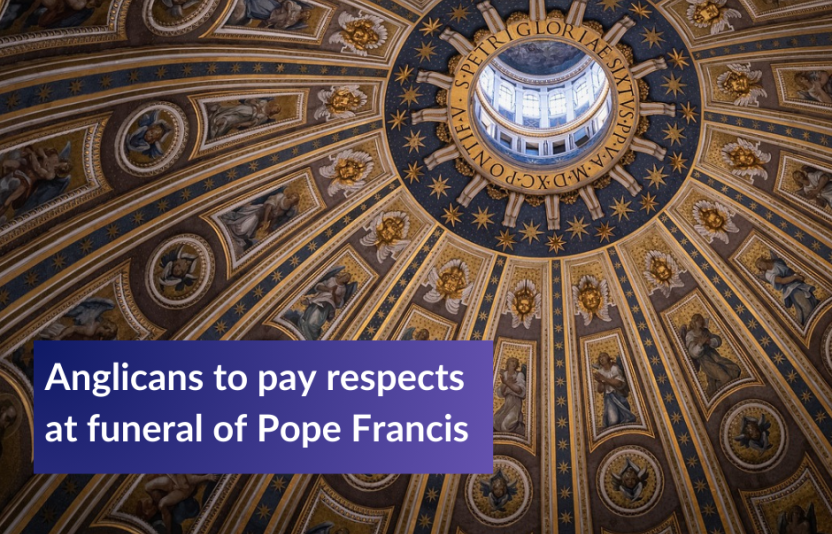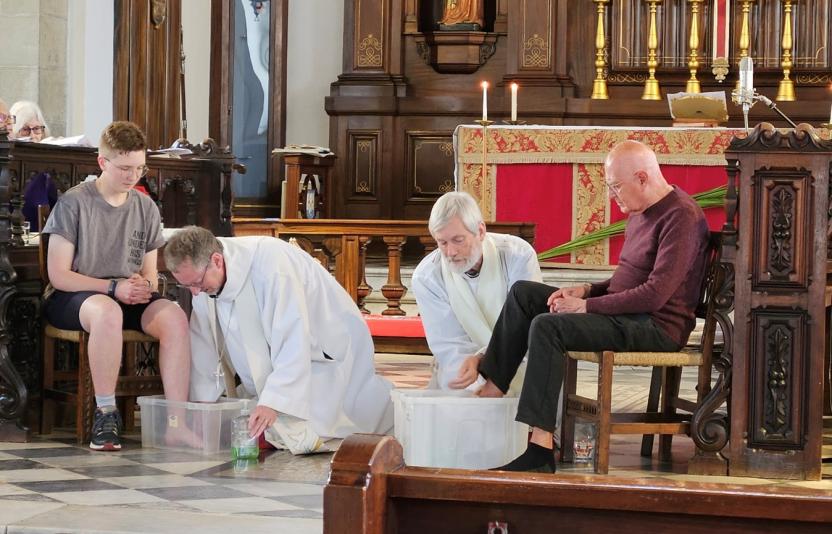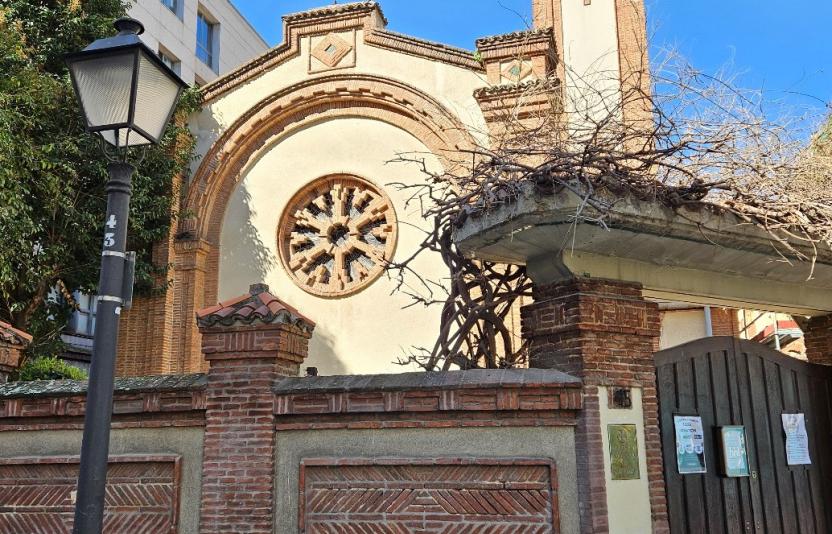Conference on International Religious Freedom and Peace, Holy Etchmiadzin, Armenia
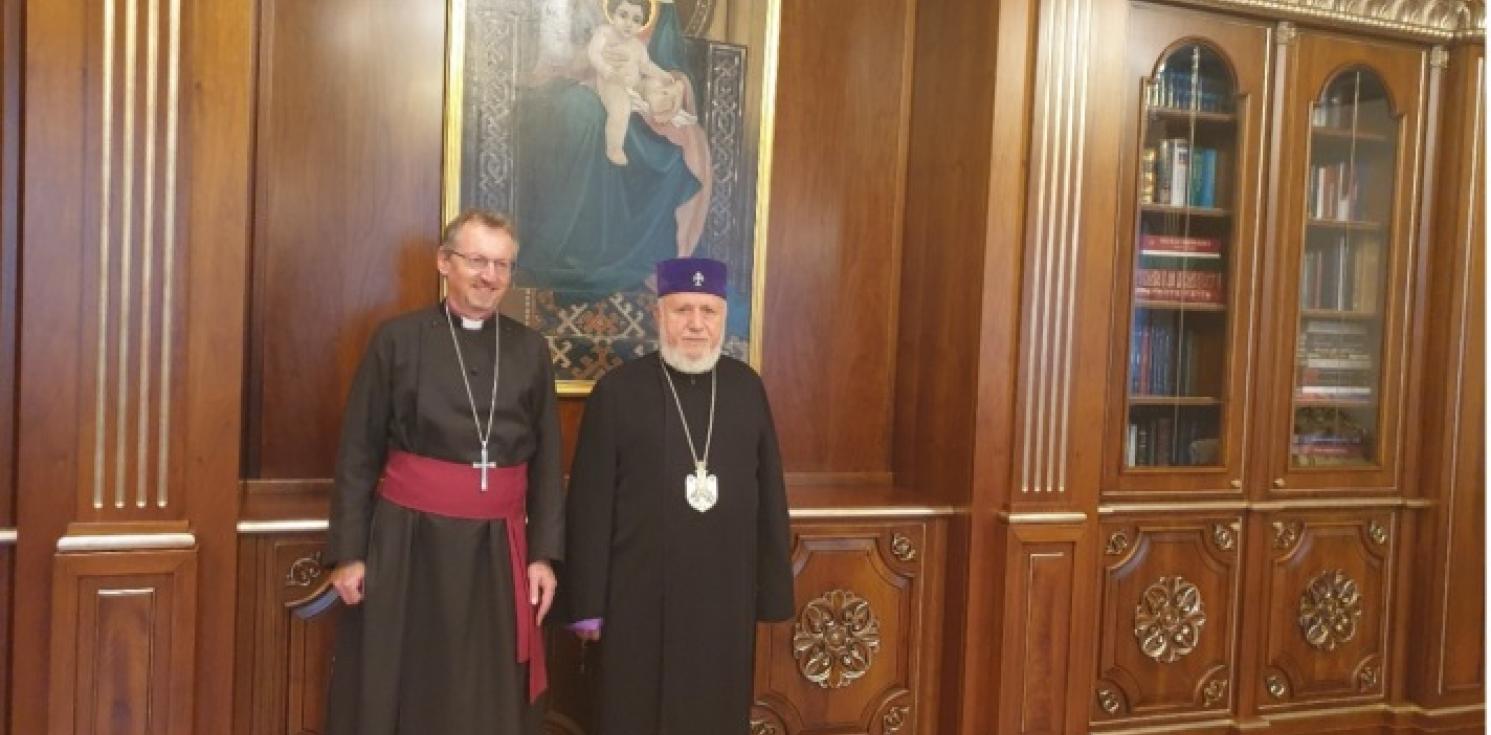
Taken from Bishop Robert's blog here.
This Conference brought together religious leaders, scholars and NGO leaders from many different countries to think about the preservation of the world’s spiritual, cultural and historical heritage. This heritage is too often under threat from ethnic and religious intolerance, especially during wars and armed conflict. The conference met in Holy Etchmiadzin, under the patronage of His Holiness Karekin II, Supreme Patriarch and Catholicos of the Armenian Apostolic Church. The Conference focused especially on the Nagorno-Karabakh (Artsakh) conflict, an area in the Southern Caucasus whose international status is unresolved.
The Conference reflected on the impact of the destruction of religious heritage, with many sharing personal testimony. The Conference noted that places of worship and items of religious heritage are representative of the deepest identities of people and communities of faith. Precisely for this reason, they are often deliberately targeted in order to inflict maximum collective trauma on a particular community. On the other hand, by caring for the physical integrity of holy sites and places of worship, we uphold the dignity of those who hold them dear, and when we cooperate among nations, governments and faith communities to protect religious heritage, we convey a transformative message of healing and togetherness.
In my sermon to the Conference, I preached on Christ the Light of the world. “In our gathering, we have some role in opening ourselves afresh to the light and enabling that light to shine in the darkness which is so evident in history and in the world today. We are to turn over the stones, expose the darkness and let in the light. To get the historical truth straight – or as straight as we can – and expose all the dreadful jaggedness of human conflict, suspicion, mistrust and even war to the healing, warming, light of Jesus Christ … How easy it would be to be dragged down by the darkness, to despair at man’s inhumanity to man, to lose hope under the weight of human sin, not least considering the last 120 years of European history. But the light shines in the darkness, and the darkness has not and will not overcome it. Like the sun which rises each day with the dawn, so Christ rises from the tomb and rises in our hearts bringing new life and new hope.“
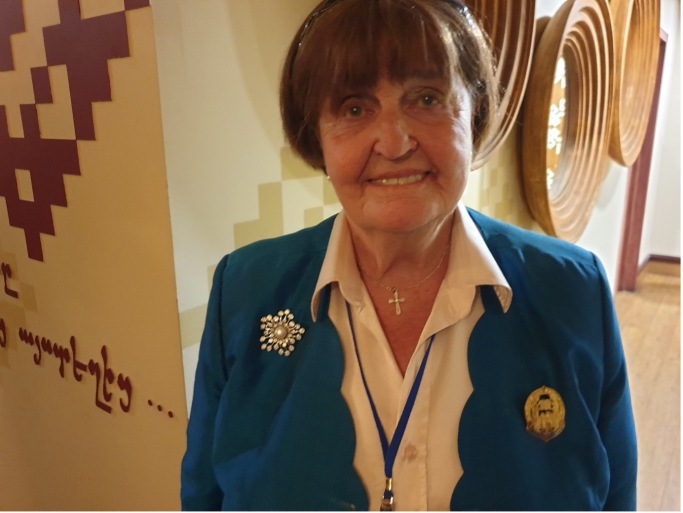
During the Conference, Baroness Caroline Cox, a member of the UK House of Lords, was presented with the St. Sahak – St. Mesrop Order of the Armenian Apostolic Church by His Holiness Karekin II. The award, described as the Church’s highest order of merit, was presented in recognition of Baronness Cox’s tireless and courageous advocacy on behalf of the Armenian people and Armenian Church.
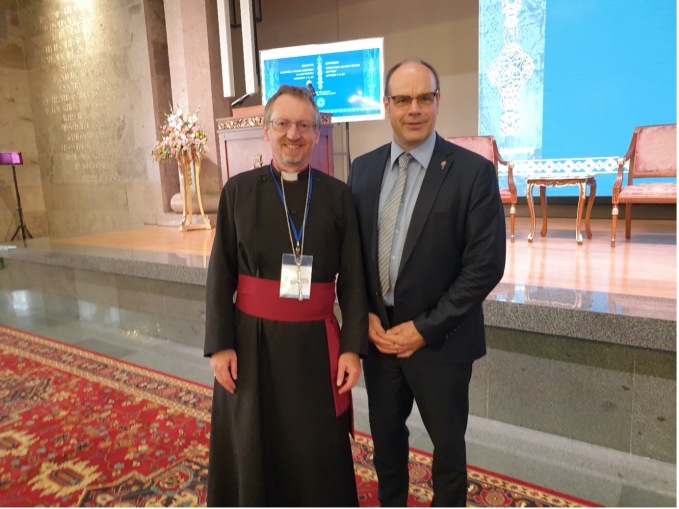
My friend and colleague, the Reverend Christian Krieger, President of the European Conference of Churches, gave a fine address in which he considered an increase of violence against religious communities, such that religious insecurity has now become a real political issue in most EU countries. He observed that places of worship were built without security in mind. He suggested that violence against religious heritage needs to be properly acknowledged and recognised else it can become a long-lasting resentment or ‘identity wound’. ‘Humiliation is more serious in the long term’, he said, ‘than simple violence’. He referred to an action plan for public space published by the EU: ‘SASCE’ Safer and Stronger Communities in Europe. Its primary aim is to improve the security of religious places. I observe that Churches in our own diocese could benefit from this scheme, in consultation with CEC.
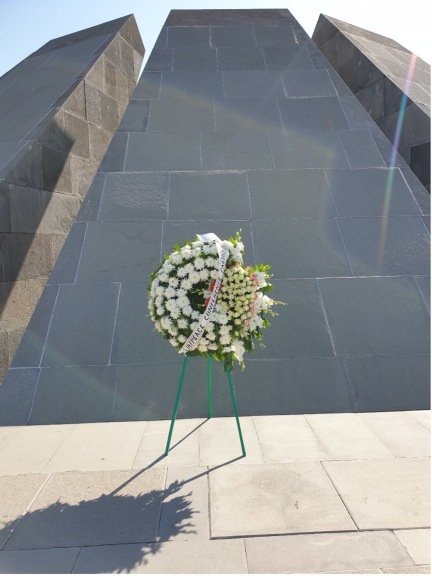
On the final day of the Conference, members were taken into Yerevan for a short act of remembrance at the Armenian Genocide memorial. A wreath was placed, and each conference member was invited to place roses around the eternal flame that lies at the heart of the memorial.
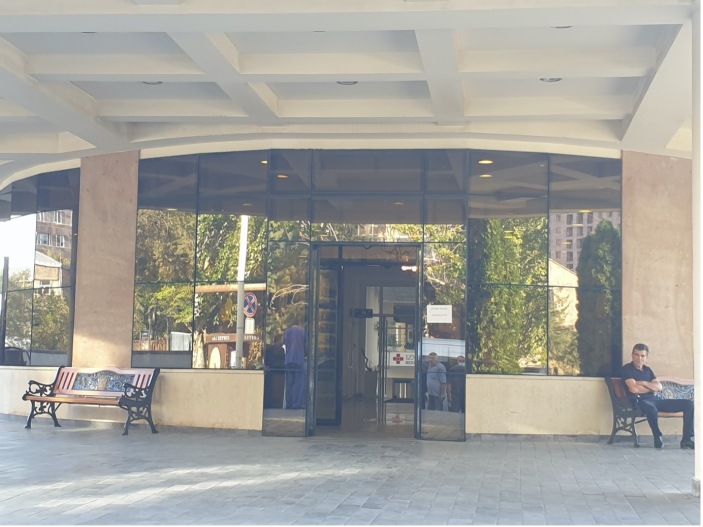
Later in the day, some us had the opportunity to visit the Izmirlian Medical Centre, where we were shown around by the Deputy Medical Director. This is a new hospital, with 130 beds, state-of-the-art equipment and 200 staff. It is entirely owned by the Armenian Apostolic Church, something which I found remarkable. The Director spoke to us powerfully about his own experiences of serving as a doctor on the front line of conflict and of the nature of the terrible injuries suffered by young men whom he tended.
It was a surprise and delight to be shown this plaque at one of the entrance doors to the new hospital. The rehabilitation centre is kitted out with neurological testing equipment, gear for strengthening damaged muscles and hydrotherapy equipment for stimulating damaged nerves.
A number of chaplaincies in our diocese support the Barnabas Fund, and it was very good to see this high-tech facility funded by them, and symbolising friendship between British and Armenian Christians.
